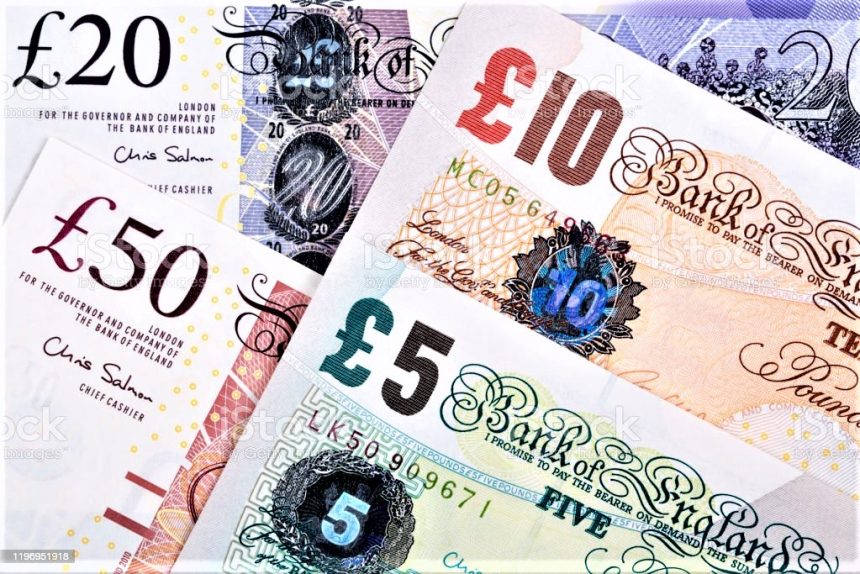Pound sterling remains weak near 1.3060 against the US dollar, as investors anticipate the Fed’s gradual rate cuts.
In Tuesday’s North American session, the pound sterling (GBP) seeks to recover near a three-week low of 1.3060 against the US dollar (USD). However, the GBPUSD pair’s near-term prognosis remains uncertain as the US Dollar maintains gains around a new seven-week high, with the US Dollar Index (DXY) trading around 102.50. The greenback gains as market players Not factoring in another larger-than-usual 50 basis point (bps) interest rate decrease from the Federal Reserve (Fed) in November.
The Fed began its policy-easing cycle in September with a 50 basis point interest rate drop, focused primarily on restoring labor market strength after increasing confidence that inflation would return to the bank’s target of 2%.
Williams predicts that the Fed will not be in a hurry to lower interest rates.
Market participants predicted that the Fed would aggressively extend its rate-cutting cycle. However, that speculation was dashed by positive US Nonfarm Payrolls (NFP) data for September. Which indicated a strong increase in labor hiring, a reduced unemployment rate, and an increase in wage growth.
Despite market speculation for Fed major rate cuts subsided. The central bank is expected to continue to relax monetary policy further. Meanwhile, in an interview with the Financial Times on Tuesday. New York Fed President John Williams stated. That he favors a 25 basis point rate cut ahead and is not in a hurry to lower interest rates. Because the latest employment data has increased his confidence in consumer spending and economic growth.
Pound Investors are waiting for the US CPI and the UK GDP to provide a fresh interest rate forecast.
Investors will now focus on the US Consumer Price Index (CPI) data for September. Which will be release on Thursday.
Daily Market movers: Pound aims to gain ground against the US dollar.
The pound sterling outperformed its major counterparts on Tuesday, with investors focusing on Middle Eastern tensions influencing market mood. During Tuesday’s Asian session, Iran’s Foreign Minister, Abbas Araqchi, warned Israel that
If a nation seeks to attack its infrastructure, it will face severe reprisal. Though the British currency has a negative association with the risk-aversion theme, market forecasts for the Bank of England’s (BoE) shallow policy-easing cycle restrict the downside.
Market participants expect the BoE to slash interest rates again in one of the two remaining sessions this year.
Market participants expect the BoE to slash interest rates again in one of the two remaining sessions this year. On the contrary, the European Central Bank (ECB) and the Federal Reserve (Fed) are projected to decrease borrowing rates by 25 basis points in each of their remaining meetings this year. The BoE’s rate drop prospects for November have risen following Governor Andrew Bailey’s comments last week, which suggested that the central bank may cut interest rates aggressively if price pressures fell further.
The United Kingdom (UK) Inflation has remained sticky due to persistent price pressures in the services sector, notwithstanding improved wage growth. In August, UK annual service inflation rose to 5.6% from 5.2% in July.
This week, investors will focus on the monthly Gross Domestic Product (GDP) and factory data for August, which will be released on Friday. The data will offer new insights into the current state of the economy.









